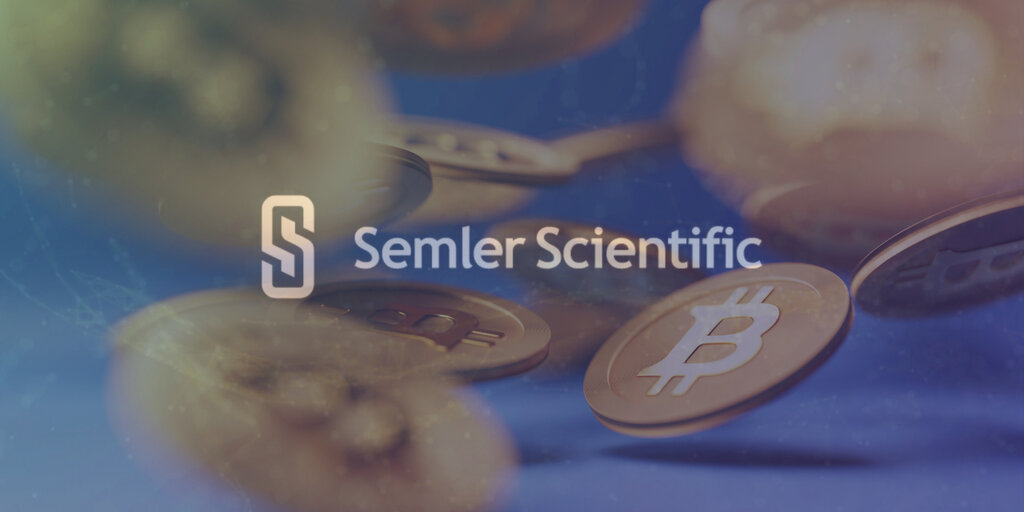Holy moly, folks, next week is going to be a rollercoaster for the markets! The US is unleashing a torrent of crucial economic data, and honestly, it could make or break a lot of positions. It’s not just numbers; it’s a glimpse into the soul of the American economy, and we need to pay attention.

First up, April 9th saw those retaliatory tariffs kick in – let’s be real, this isn’t going to help anyone. Then, on April 10th at 2:00 AM China time, the Fed will drop the minutes from their March meeting. Expect a lot of parsing and speculation because these minutes can be gold for predicting future moves.
But the real fireworks start at 8:30 PM on April 10th. We’re talking CPI data. The whispers are pointing to a 2.6% year-over-year increase – down from 2.8%, which could signal easing inflation, but don’t hold your breath. Month-over-month, we’re looking at 0.1%, a decrease from 0.2%. At the same time, Initial Jobless Claims are expected at 223k – a slight tick up from 219k.
And we’re not done! April 11th at the same time brings us PPI, the wholesale price gauge. Estimates put the year-over-year increase at 3.3%, up from 3.2%, indicating persistent inflationary pressures. Monthly PPI is predicted to rise by 0.2% from a flat 0.0% previously.
Finally, at 10:00 PM on April 11th, we get the first look at the University of Michigan’s inflation expectations (one-year) at 5.0%, alongside the Consumer Sentiment Index, expected to dip to 54.7 from 57.
Let’s break down why this stuff matters:
CPI (Consumer Price Index) measures changes in the price of goods and services purchased by households. It is a key indicator of inflation. A lower CPI generally suggests cooling inflation.
PPI (Producer Price Index) tracks the average price changes that domestic producers receive for their output. It can be a leading indicator of CPI. Rising PPI can signal future consumer price increases.
Initial Jobless Claims provide insight into the health of the labor market. Rising claims suggest a weakening job market, while falling claims demonstrate stability or growth.
Consumer Sentiment reflects how optimistic or pessimistic consumers are about the economy. This impacts spending habits and overall economic activity.
This is a critical week, people. Strap in, do your research, and don’t panic sell…unless the data really warrants it!






